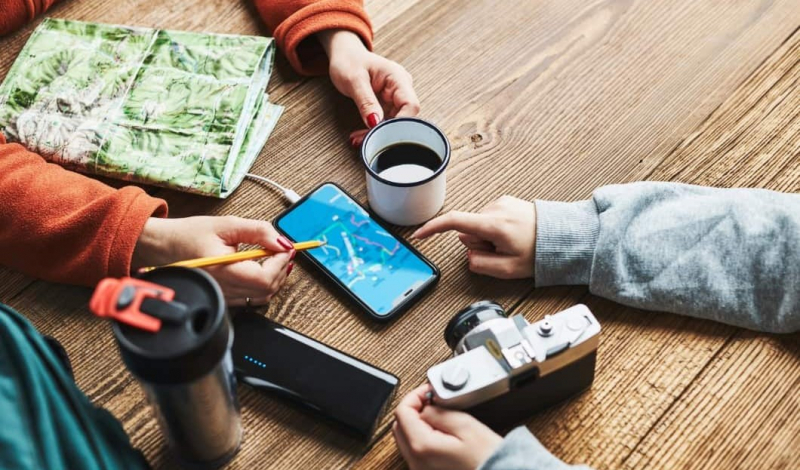Traveling to a destination is no longer the only aspect of tourism. The goal is to experience it more sustainably and wisely. Digital twins are a technology that is gradually altering the game as cities and destinations strive to provide seamless tourist experiences while preserving their natural and cultural values. Imagine a virtual metropolis that is alive and well. It also gives you a glimpse into how your next vacation might go before you even pack your bags.
This initially futuristic idea is currently influencing the management and planning of travel destinations. The question now is not whether or not tourism will adopt new technology but rather how swiftly and ethically it will transform the travel experience.
The Context of Technology
Digital twins are at the forefront of the tourist business due to a number of factors. First, it is now easier and less expensive to create detailed virtual copies due to the developments in 3D scanning and geographic mapping. As smart tourism programs have also grown, destinations are being urged to balance environmental stewardship with economic development. Digital twins can help with this by providing data and predictive modeling.
Interest in this technology has increased substantially as a result of the post-pandemic drive for strong and efficient tourism operations. Furthermore, private companies and academic institutions are working together to create scalable platforms specifically designed for the tourism industry and ensuring that locations of all sizes can make use of their potential.
Preservation of Cultural Heritage
The growing demand for tourism and the possibility of degradation provide two challenges for cultural heritage sites. Digital twins offer a solution that reduces physical deterioration and permits remote access for tourism and education by building intricate virtual representations of famous attractions.
The digital twin of St. Peter’s Basilica is one noteworthy example. This replica helps organize visits and detect structural weaknesses that might not be apparent during routine inspections and it also supports virtual tours.
Click here to preview your posts with PRO themes ››

Improving the Experiences of Visitors
Digital twins are changing how tourists engage with places before they even get there. For instance, it has already been used by the Singapore Tourism Board to control tourist flow and guarantee sustainable growth. It enables the city to preserve its charm while conserving its resources.
Through immersive 3D models and interactive virtual tours, travelers can preview museums, hotels, and attractions with the same ease they book flights or check available online slots websites allowed in the area for quick entertainment during transit. This seamless integration of digital engagement reflects a broader trend in travel: visitors now expect interactive and on-demand experiences at every stage of their journey.
Destinations can increase enthusiasm and engagement by producing these interactive previews and guarantee that visitors arrive not only educated but also emotionally invested in the experience they are about to have.
Enhancing Logistics and Customer Service
It does not only serve tourists but they also help hotels and travel agencies run more efficiently. Businesses can increase productivity and cut down on delays by organizing housekeeping schedules or simulating airport passenger flow. Digital twin data-based predictive analytics assists operators in anticipating maintenance requirements and modifying workforce numbers which leads to seamless services for passengers.

Assisting With Destination and Marketing Strategies
Digital twins are starting to be used by destination marketing organizations (DMOs) as tools for immersive marketing campaigns. They can produce interactive experiences that mimic a traveler’s journey rather than depending only on pictures or conventional ads. These digital environments facilitate the testing of promotional methods and increase the effective customization of campaigns based on real-time feedback.
As destinations around the world embrace this innovation, the challenge will be to balance ambition with inclusivity and long-term sustainability. Digital twins are positioned to be at the frontline of the shift toward a completely digitalized and networked tourism future which has only just begun.


